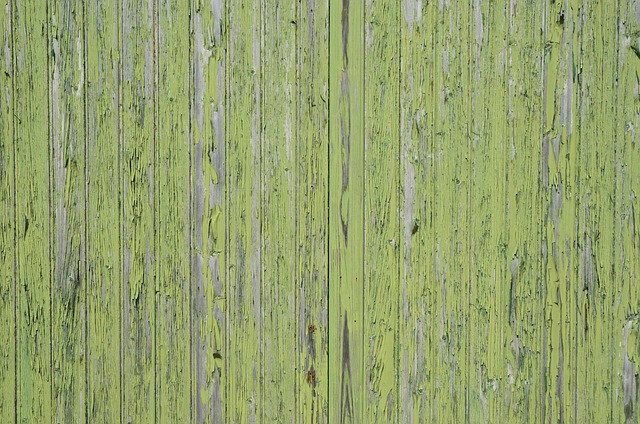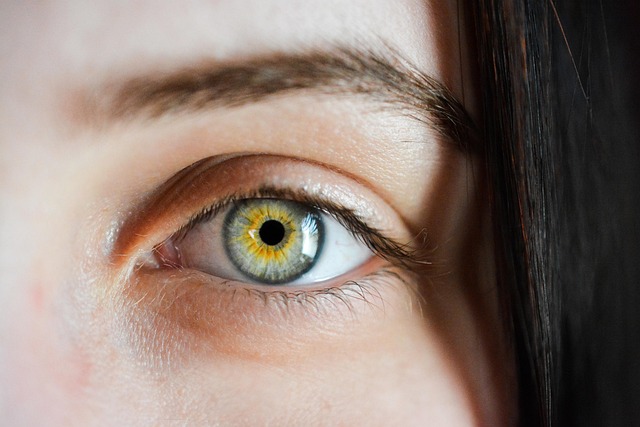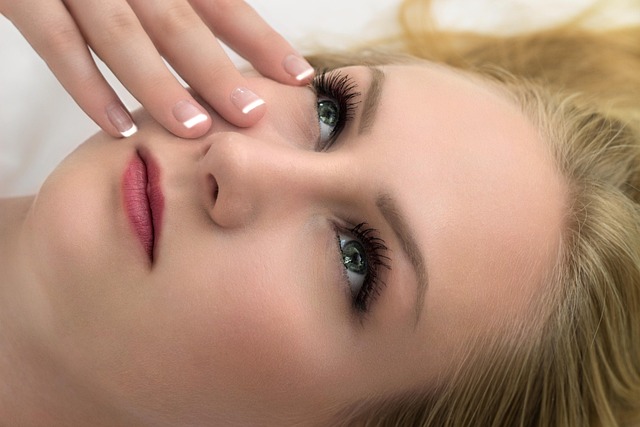Customized Skin Resurfacing Peels: Comprehensive Guide to Glowing Skin

Skin Resurfacing Peels offer non-invasive ways to achieve smoother, more radiant skin through gentle…….
Welcome to an extensive exploration of the world of Medical Spa Chemical Peels—a transformative skincare procedure that has captured the attention of beauty enthusiasts, dermatologists, and healthcare professionals worldwide. This article aims to guide you through the intricate details of chemical peels, their impact on the global aesthetics industry, and the many facets they encompass. By the end, readers will have a comprehensive understanding of this innovative skincare treatment and its potential to enhance beauty and wellness practices.
Medical Spa Chemical Peels, often referred to as chemical exfoliation or chemicual peels, is a non-invasive aesthetic procedure that involves applying specific chemical solutions to the skin’s surface to remove dead skin cells and stimulate new cell growth. This process enhances skin texture, improves appearance, and addresses various skin concerns. The core components include:
The concept of chemical peels has its roots in ancient civilizations. The Egyptian, Greek, and Roman cultures used natural acids like lemon juice and vinegar for skin treatments. However, modern medical spa chemical peels evolved significantly in the 20th century with advancements in dermatology. In the late 1970s, dermatologists began using AHAs systematically for skin resurfacing, marking a turning point in aesthetic medicine. Over the years, the procedure has refined and gained worldwide popularity due to its effectiveness and relatively non-invasive nature.
Chemical peels play a pivotal role in dermatological practices by offering a range of benefits:
The global medical spa chemical peels market has witnessed remarkable growth, expanding across continents with varying cultural aesthetics preferences and skincare routines. Key factors driving this trend include:
| Region | Market Dynamics & Key Players | Unique Preferences/Trends |
|---|---|---|
| North America | Boasts a mature market with high adoption rates due to advanced healthcare infrastructure. Companies like The Estée Lauder Companies and L’Oréal offer premium chemical peel products. | Focus on advanced technology, such as combining lasers with chemical peels for enhanced results. |
| Europe | Strict regulatory standards ensure product safety. Countries like Germany and France are hubs for medical aesthetics innovation. | Popular among the younger demographic, often seeking natural, plant-based ingredients in their peels. |
| Asia Pacific | Rapidly growing market, especially in countries like Japan and South Korea, known for their skincare innovations. | Emphasis on minimal invasiveness and quick recovery times. Techniques like Korean double layering (lactic acid and salicylic acid) are popular. |
| Latin America | Increasing demand due to rising disposable incomes and a growing interest in beauty treatments. | Natural ingredient-based peels are favored, reflecting the region’s cultural affinity for herbal remedies. |
According to a report by Grand View Research, the global medical spa chemical peels market size was valued at USD 6.2 billion in 2021 and is expected to expand at a compound annual growth rate (CAGR) of 7.5% from 2022 to 2030. This projection highlights the sustained demand for these procedures globally.
The medical spa chemical peels market operates within a complex web of economic factors:
The industry attracts significant investment from:
Chemical peels contribute to economic systems in several ways:
The safety of chemical peels has been a key focus, leading to several advancements:
Researchers continuously strive to improve the efficacy of chemical peels:
The future of chemical peels is poised for further innovation:
Personalization is set to be a key trend, with advancements in skincare tech:
As consumer preferences evolve, there is a growing demand for sustainable and natural options:
In conclusion, medical spa chemical peels have come a long way since their early beginnings, evolving into a global skincare phenomenon. With continuous advancements in technology and an increasing focus on personalization, the future of these treatments promises enhanced effectiveness, improved safety, and greater accessibility for those seeking skin rejuvenation.

Skin Resurfacing Peels offer non-invasive ways to achieve smoother, more radiant skin through gentle…….

Skin Resurfacing Peels offer non-invasive aesthetic solutions for various skin concerns, gently exfo…….

Holistic Chemical Peels combine traditional acids like glycolic, lactic, and salicylic with natural…….

Skin Resurfacing Peels are anti-aging treatments using chemical solutions to exfoliate skin, reveali…….

Skin Resurfacing Peels offer non-invasive anti-aging solutions, using chemicals to exfoliate and sti…….

Skin resurfacing peels, including chemical and dermabrasion treatments, enhance skin texture and app…….

Skin resurfacing peels use chemical solutions like AHAs or BHAs to gently exfoliate damaged skin lay…….

Medical-grade chemical peels, including skin resurfacing peels, are powerful non-invasive tools for…….

Skin resurfacing peels, or chemical peels, are non-surgical treatments using AHAs (like glycolic aci…….

Skin Resurfacing Peels are professional exfoliation treatments that remove dead skin cells, stimulat…….